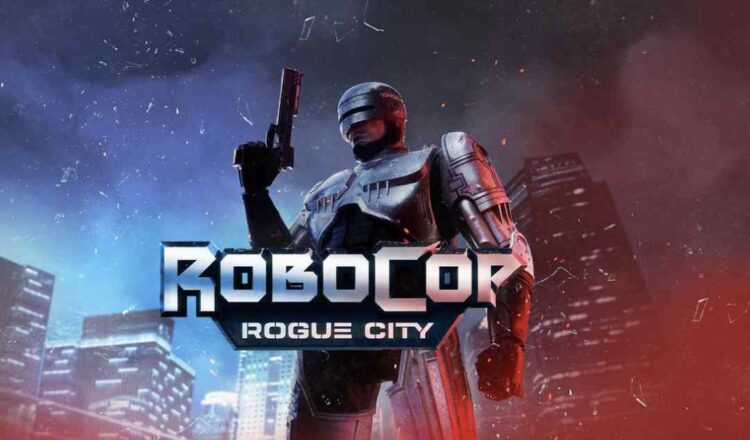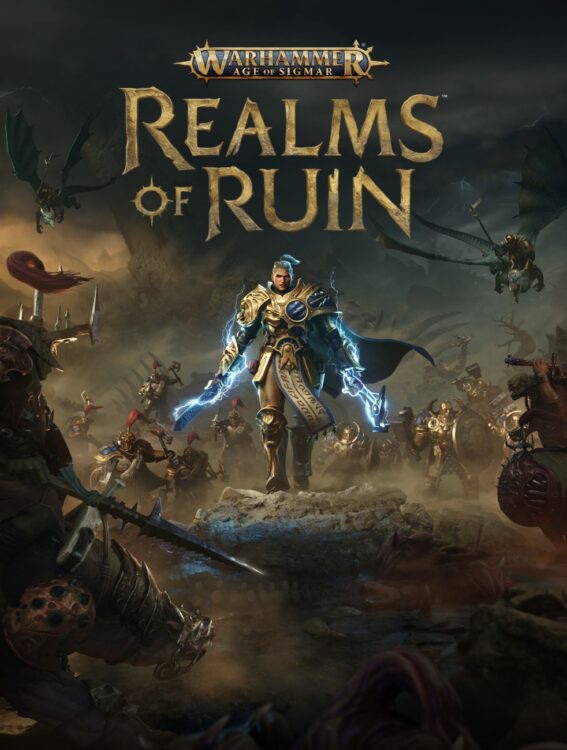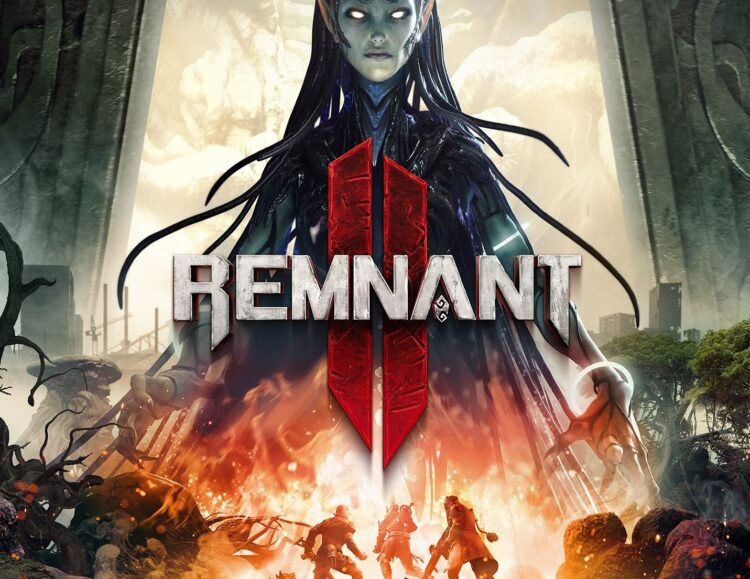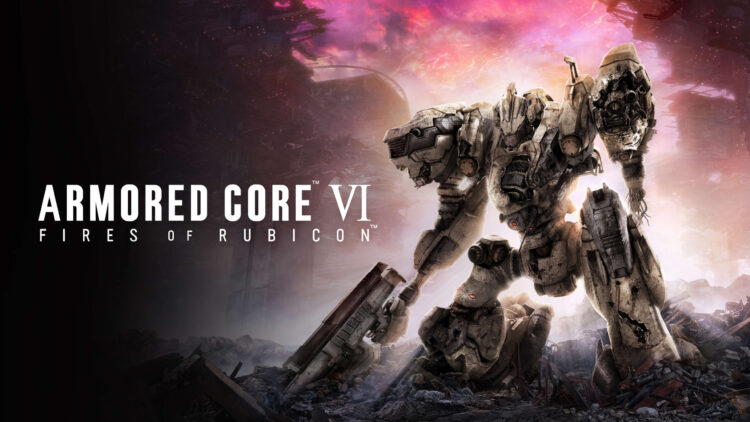In 1987, an iconic figure emerged from the silver screen, a cybernetic hero known as RoboCop, whose presence continues to resonate in popular culture even after nearly four decades. In the heat of that legacy, RoboCop: Rogue City emerges, a video game that boldly dives into the heart of the franchise, transporting players to a Detroit plunged into chaos, amidst wrongdoers and the need for a metallic protector.
Developed by Teyon and distributed by Nacon, this title is set between the second and third films of the franchise. The story unfolds in the streets of a Detroit ravaged by crime, leading players to embody Alex Murphy, the cop turned cyborg, in his relentless fight to maintain order amidst chaos.
One of the most notable aspects of RoboCop: Rogue City is its unwavering commitment to nostalgia. From the old police station to the presence of iconic characters like Anne Lewis and Sergeant Reed, the game is a feast of nods to the original trilogy, resonating with the essence that defined the character from the beginning.
The title strives to faithfully represent the experience of being RoboCop: a robust and slow cyborg, an implacable wall against crime. This design decision translates into a slow and clumsy character movement, true to the original RoboCop, which adds a layer of authenticity, but at the same time could be frustrating for those players looking for a more agile and dynamic experience in an FPS.
The undisputed protagonist in RoboCop’s arsenal is the iconic Auto 9 pistol, reflecting the same ferocity and violence experienced in the original movie. Shootouts become a succession of frantic bullet discharges, although the lack of variety in weapons and a deeper combat system may leave a bittersweet taste for those seeking greater tactical diversity.
While the scenarios promise spectacular destruction, this quality is diluted with the repetitiveness of enemy waves and the monotony of shootouts, which could lack the strategic depth some players might desire. The low difficulty in combat, marked by infinite ammunition for the Auto 9, contributes to a less challenging experience than expected in a title of this genre.
The sound experience, led by the music of Chris Detyna, resonates with the essence of the franchise, although the absence of certain pieces on streaming platforms can be an aspect to improve. The missions, despite their length, suffer from a lack of coherence with the spirit of the franchise, introducing elements that may seem strange in the context of RoboCop.
Technically, the use of Unreal Engine 5 provides visually attractive scenarios, although the quality of the characters and the lack of use of technologies like the DualSense of PlayStation 5 could have taken the game to higher levels in terms of immersion and experience.
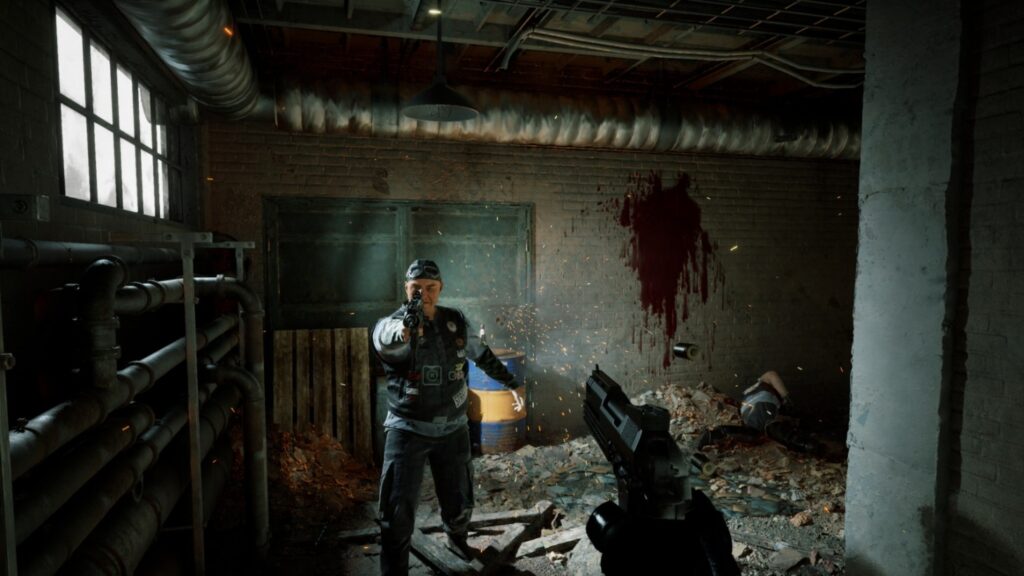
In summary, RoboCop: Rogue City is a brave attempt to capture the essence of the franchise in the world of video games. Despite its flaws, it constitutes a significant chapter for fans of the character, offering a nostalgic journey, albeit not without shortcomings, through the streets of a Detroit on the brink of the abyss.
Pros:
1. Fidelity to the RoboCop universe: The game pays a faithful tribute to the franchise, offering a setting that evokes the essence of the original movies.
2. Presence of iconic elements: Incorporates key characters from the saga, like Anne Lewis and Sergeant Reed, along with the participation of Peter Weller, adding authenticity and nostalgia to the experience.
3. Representation of the main character: Captures the essence of RoboCop with clumsy and slow movements that faithfully reflect the nature of the cyborg.
4. Success in recreating weapons and shootouts: The Auto 9 pistol and the shootouts recall the intensity and violence characteristic of the movies, offering exciting moments.
5. Nostalgia and constant nods: Offers numerous tributes and references to the franchise, particularly appealing to RoboCop fans.
Cons:
1. Limitations in gameplay: The slow and clumsy movement can be frustrating for those seeking a more agile experience in an FPS, in addition to the lack of depth in the combat system.
2. Repetitiveness in combat: The waves of enemies and the monotony of shootouts can affect the experience, with a low difficulty that does not offer a significant challenge.
3. Disconnection between side missions and narrative: Some elements of the side missions may seem foreign to the spirit of the franchise, creating a dissonance in the coherence of the game world.
4. Disparity in graphic quality: While the scenarios are visually attractive thanks to Unreal Engine 5, the difference in quality between main and secondary characters, as well as the lack of use of technologies like DualSense, limit player immersion.
5. Limitations for those not familiar with RoboCop: The game, focused on nostalgia and nods to the franchise, may not offer enough appeal for those who do not have a prior interest in the character or its story.







